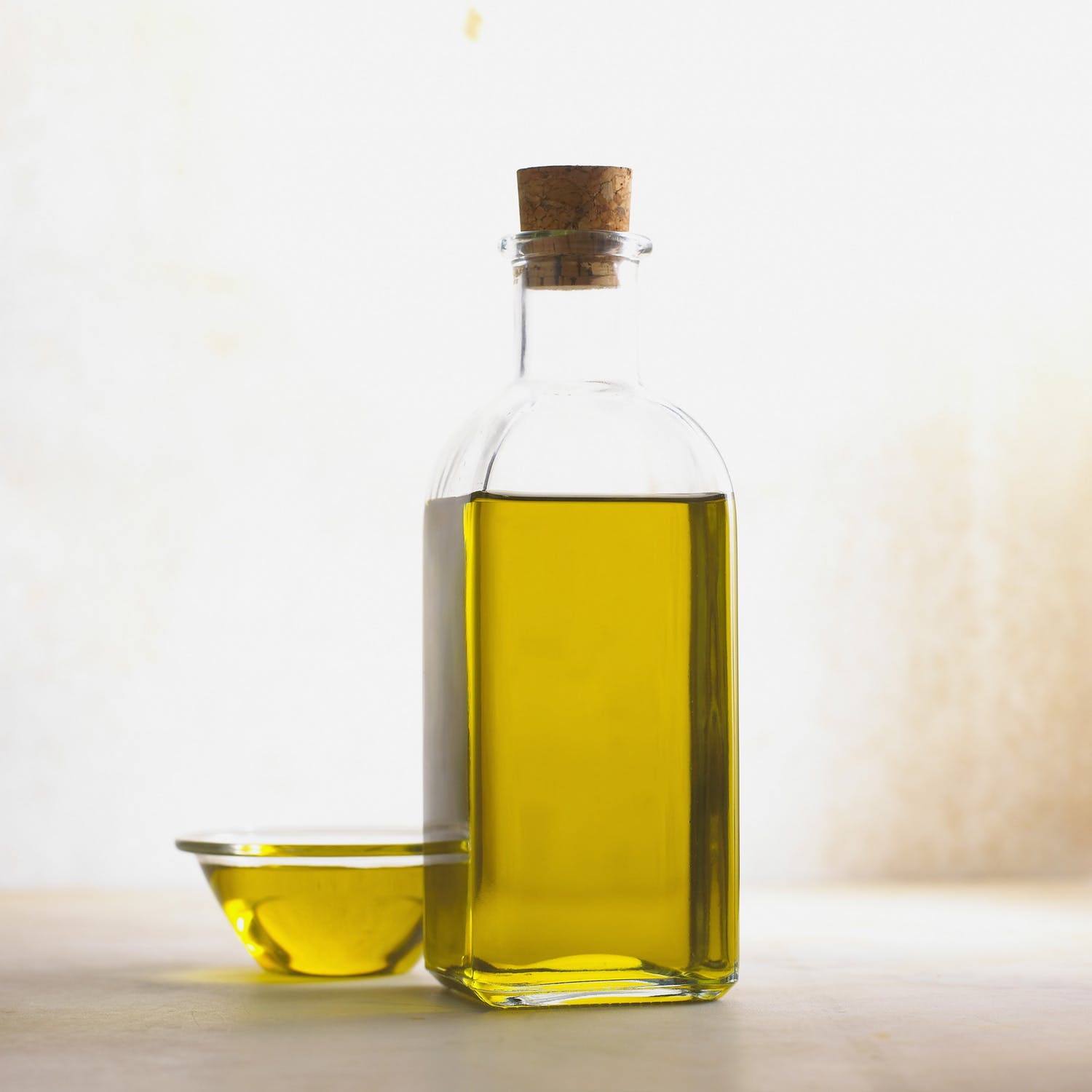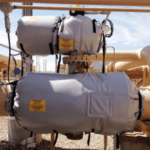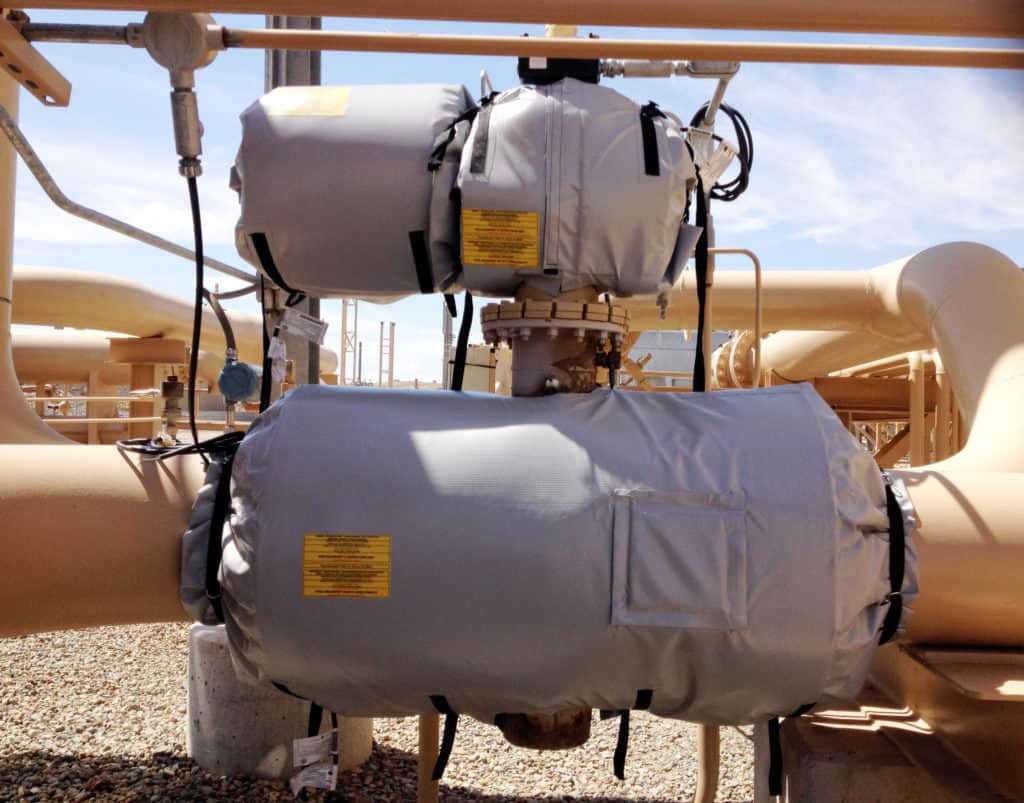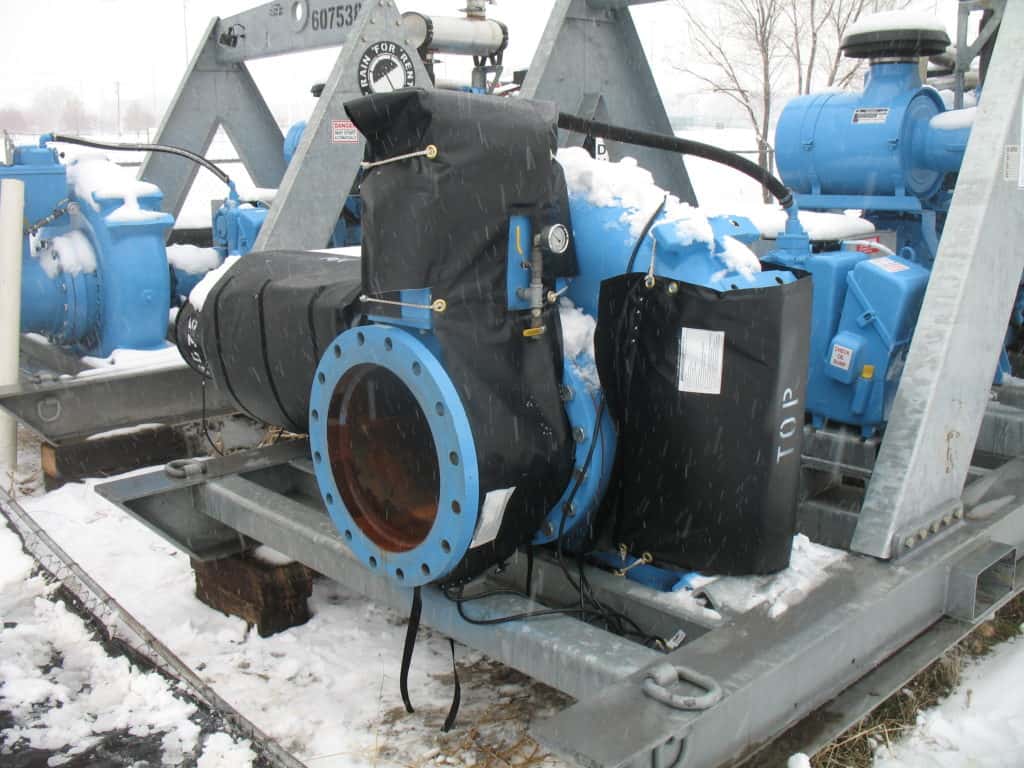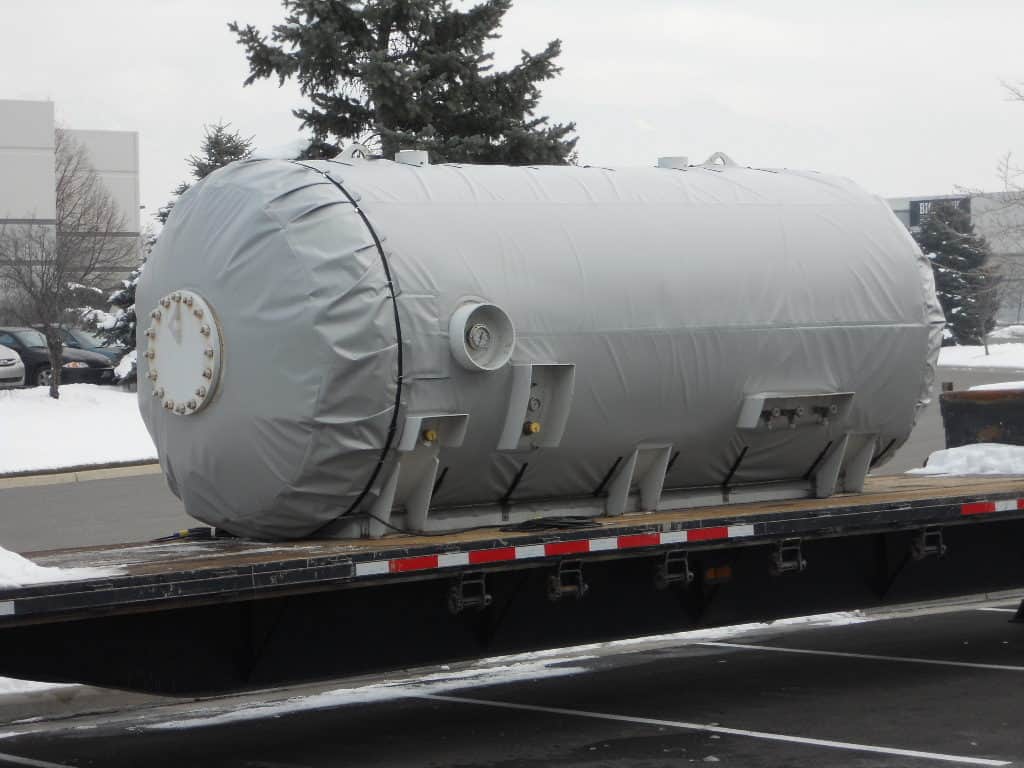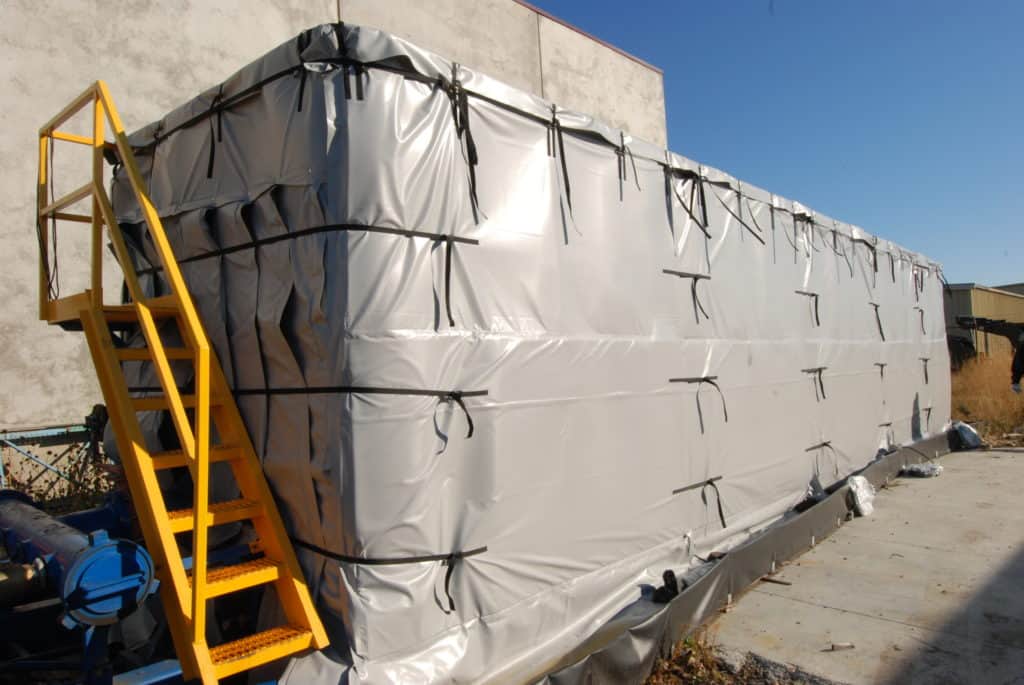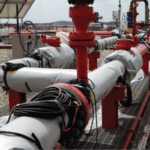Cannabidiol (CBD), a cannabinoid found in cannabis plants, is becoming more and more popular as an alternative solution to common ailments. Unlike Tetrahydrocannabinol (THC), another cannabinoid found in cannabis plants, CBD does not have psychoactive effects (CBD vs THC). When CBD oil is ingested, however, only 20% of it is absorbed. This means that for CBD oil to be effective, the CBD extraction process must be carried out carefully.
There are several options for removing cannabis plant extracts from the plant materials; to be effective, however, each approach must begin with a CBD-rich plant material. Let’s take a quick look at some of the most common CBD extraction methods and the pros and cons of each:
Extraction Methods
CO2 Extraction
The CO2 Extraction method uses supercritical carbon dioxide to pull phytochemicals from cannabis plants. Supercritical materials are not quite a liquid but not quite a gas and possess the properties of both. This state is ideal for plant extraction because supercritical CO2 can move through materials like gas and dissolve materials like a liquid.
CO2 extraction typically follows these steps:
- The CO2 is prepared in a compression chamber. First, CO2 gas is turned into a liquid; this is done by dropping the temperature to under -69°F and increasing the pressure to over 75 psi. Next, the the temperature and pressure are both raised until the liquid becomes supercritical.
- The supercritical CO2 passes through cannabis trimmings in an extraction chamber where it dissolves and collects extracts from the plants.
- The CO2 / extract solution then enters a lower-pressure separator chamber. The lower pressure causes the CO2 and plant extracts to separate. The CO2 returns to the CO2 chamber and the cannabis oil is drained from the separator.
CO2 Extraction Pros:
- Safe when done by professionals- CO2 is used in countless food products and is perfectly safe for consumption
- Yields high-quality CBD- machines leave very little room for error
CO2 Extraction Cons:
- Very expensive- setup costs start at approximately $40,000
- Not for novice chemists- it’s best to leave this method to the professionals
Solvent Extraction
This simple extraction method works by using ethanol as a solvent to remove extracts from cannabis plant trimmings. It usually looks something like this:
- Ethanol is added to trimmings and mixed for a couple of minutes to allow the ethanol to dissolve extracts from the plant materials.
- The ethanol is strained from the trimmings.
- The ethanol/extract mixture is slowly heated until all ethanol evaporates and only the plant extracts remain.
Solvent Extraction Pros:
- Inexpensive- This method doesn’t require any fancy machinery.
- Simple- This method is pretty straightforward and can even be done at home.
Solvent Extraction Cons:
- Dangerous- Ethanol is extremely flammable.
- Could Damage CBD- Ethanol could potentially denature the CBD if overheated or overmixed.
Dry Ice/ Ice Water Method
Ice water extraction creates a powdery resin extract often referred to as “hash” or “bubble hash.” There are several variations to this method, but they all follow these general steps:
- Finely-chopped plant trimmings are mixed with either ice or dry ice. This step is supposed to help separate extracts from the plant material.
- Water is added to the ice and trimmings and the entire mixture is strained through a mesh bag. (Often, the mixture is strained multiple times through progressively smaller-micron mesh bags until the purest-possible extracts are obtained)
- The extracts settle at the bottom of the strained mixture. The excess water is drained from the top and the extracts are left to dry until they become powdery.
Ice Water Extraction Pros:
- Inexpensive- Again, no fancy machinery needed!
- High Yield- If done correctly, this method produces a relatively large amount of plant extract.
Ice Water Extraction Cons:
- Not always practical- This method can be labor intensive and time consuming.
Olive Oil Extraction
This technique results in cannabis-infused oil, not pure cannabis extract. It follows these two simple steps:
- Cannabis plant trimmings are placed in olive oil (or any other cooking oil) and warmed for 1-2 hours.
- The infused oil is strained from the plant trimmings.
Olive Oil Extraction Pros:
- Easy- This is by far the easiest extraction method and is a popular home option.
Olive Oil Extraction Cons:
- Low Yields- This method produces low yields of heavily diluted CBD.
Temperature Control During Extraction
Regardless of the method used, careful temperature is control is an important element of high-quality yield in CBD extraction. Extreme temperatures damage CBD. Additionally, many processes need specific temperatures to have success; if ideal temperatures are not maintained, the extraction process could completely flop.
Powerblanket offers the best of the best when it comes to total temperature control. Our products are easy to install and remove and won’t disrupt your current process. Additionally, our products are made to order and can be customized to fit your specific needs. If you’d like more information, you can give us a call at 888.316.6324.
Do you have a favorite CBD extraction method we forgot to mention? Let us know in the comments!
When you need a custom temperature control solution, Powerblanket is the company to call. With over 30 years of experience, we can solve any heating dilemma you have.


